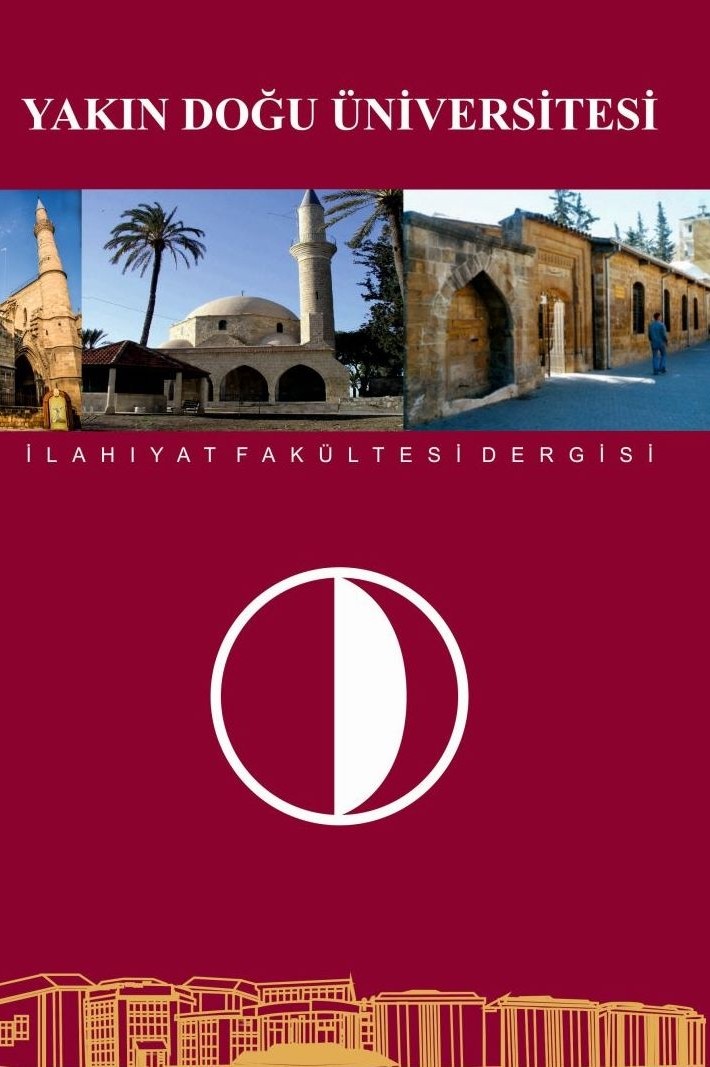Katas Tapınağı: Tarihi ve Dini Önemi
Katas Tapınağı (Puncap Pakistan) Hindu mitolojide çok ciddi bir öneme sahiptir. Nitekim kuruluşu hakkında birçok mitolojik kurgu yer almaktadır. Tapınağın kurulduğu bölge aynı zamanda Raj Katas olarak da bilinmektedir. Bu bölgede değişik Hindu dinlere ait bir çok tarihi yapı kompleksi de mevcuttur. Bu tarihi mekan birçok uygarlığa şahitlik yapmış olup bunun izlerini de üzerinde taşımaktadır. Bu önemine rağmen malasef akademik düzlemde ciddi anlamda çalışılmamıştır. Bundan dolayı biz bu çalışmamızda bahis mevzuu bu tapınağın tarihi ile önemi hakkında bilgiler vermeyi amaçladık.<span style="font-size: 12px;">
p.p1 {margin: 0.0px 0.0px 0.0px 1.9px; line-height: 8.1px; font: 8.0px 'Times New Roman'; color: #171717}
p.p2 {margin: 0.5px 0.0px 0.0px 1.9px; text-align: justify; font: 8.0px 'Times New Roman'; color: #171717}
p.p3 {margin: 0.5px 0.0px 0.0px 1.9px; font: 8.0px 'Times New Roman'; color: #171717}
span.s1 {letter-spacing: 0.2px}
span.s2 {letter-spacing: 1.4px}
span.s3 {letter-spacing: 2.0px}
span.s4 {letter-spacing: 0.9px}
span.s5 {letter-spacing: 1.0px}
span.s6 {letter-spacing: 1.1px}
span.s7 {letter-spacing: 1.9px}
span.s8 {letter-spacing: 0.3px}
span.s9 {letter-spacing: 0.4px}
span.s10 {letter-spacing: 0.5px}
span.s11 {letter-spacing: -0.3px}
Temples of Katas: Their Historical and Religious Significiance
Temples of Katas (Punjab-Pakistan) hold a very important place in the Hindu mythology especially due to a sacred pond which has different stories regarding its formation. Also this area known as Raj Katas, consists of several historical buildings; mostly related to different branches of Indian religions. Moreover, this place has seen countless invasions and various civilizations, which resulted in impression of other religions on the culture of this area in different periods. However, due to the partition of India their importance has been generally forgotten. This article is aimed at tracing and compiling the history of the temple in order to educate people about its significance. The foremost issue associated with Raj Katas is that no author of international standing has worked on this topic. That resulted in lack of material on this topic.<span style="font-size: 12px;">
p.p1 {margin: 0.0px 0.0px 0.0px 2.0px; line-height: 8.1px; font: 8.0px 'Times New Roman'; color: #171717}
p.p2 {margin: 0.5px 0.0px 0.0px 1.9px; text-align: justify; font: 8.0px 'Times New Roman'; color: #171717}
p.p3 {margin: 0.5px 0.0px 0.0px 1.9px; font: 8.0px 'Times New Roman'; color: #171717}
span.s1 {letter-spacing: -0.1px}
span.s2 {letter-spacing: 0.3px}
span.s3 {letter-spacing: 0.6px}
span.s4 {letter-spacing: 0.7px}
span.s5 {letter-spacing: 1.6px}
span.s6 {letter-spacing: 0.9px}
span.s7 {letter-spacing: 0.8px}
span.s8 {letter-spacing: 1.8px}
span.s9 {letter-spacing: 0.2px}
span.s10 {letter-spacing: 1.1px}
span.s11 {letter-spacing: 1.4px}
span.s12 {letter-spacing: 1.5px}
span.s13 {letter-spacing: 1.2px}
span.s14 {letter-spacing: 0.1px}
span.s15 {letter-spacing: -0.4px}
span.s16 {letter-spacing: -0.3px}
___
- "Ahmad, Brg. Gulzar. Yad e Ayam. Katas, Jehlam: Maqtiba Jamia Qartas 1960."
- "Ali, Sahibzada Sultan. Salt Range mein Asaar e Qadema. Chakwal: Asad Mu- hammad Publishers Rawalpindi, 1998."
- "Batalvi, Subhan Rae. Khulast ul Tarikh. Lahore: Markazi Urdu board, 1966. Islam, Mazhar ul. Potohar. Islamabad: Look Wirsy ka Qaomi Idara, 1978."
- "Iqbal, Sabena “Hindu Temples in Chakwal”. Journal of Asian Civilization. Vol: XXVIII, Quaid-e-Azam University-Islamabad, 2005."
- "Masih, Farzana. “Temples of the Salt Range.” University of Peshawar, 2000. Minhas, Abid. Dywtaun ka daes Raj Katas. Rawalpindi: Nazku Art Printers, 2007."
- "Minhas, Muhammad Abid Husain. Tarikh e Kahoon. Chakwal: M.S Compos- ing Center, Bhoon, 2002."
- "Minhas, Raja Muhammad Arif. Pakistan Ky Asaar e Qadima. Islamabad: Jad- id Traders Sook Center, 1997."
- "Niazi, Liaqat Ali Khan. Tarikh e Chakwal. Chakwal: Anjamun e Toqeer e Adab, 1992."
- "Qureshi, Mufti Gulam Sarwar. Tarikh e Makhzan e Punjab. Lahore: Dost Aso- ciates Publishers, 1996."
- "Tahir, Muhammad Daood. “Nae Manzaleen haen Pukartin.” Lahore: Feroz Sons Privite Limited 2005."
- "Zar, Sufi Muhammad Din. Tazkarah e Jehlam. Lahore: Shoaib Graphic Art Printers, 1984."
